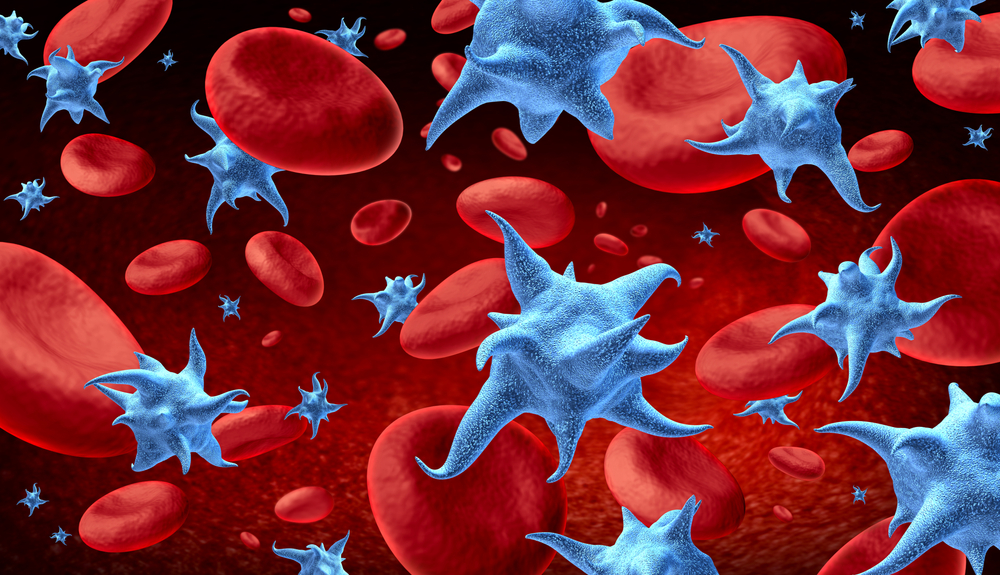Platelet-Rich Plasma (PRP) Therapy

Platelet-Rich Plasma (PRP) Therapy
Have you ever had to deal with frustrating aches and pains in your joints, old injuries, and or debilitating hair loss? If so, Platelet-Rich Plasma therapy or PRP is an option for treatment. Platelets in the blood have the ability to naturally help stimulate tissue healing. This is accomplished through the stimulation and recruitment of stem cells, cytokines, and other pain-reducing and regenerative growth factors. PRP is a very effective treatment that can provide natural pain relief without risky surgery or addictive painkillers.
What Is PRP?

Platelets are well-known for their clotting abilities, but they also contain growth factors that can trigger cell reproduction and stimulate tissue regeneration and healing in the treated area. Platelet-rich plasma is simply blood that contains more platelets than normal. These platelets are naturally found in the blood and help to stimulate tissue healing and maintenance. When a high volume of platelets are introduced into a specific area, healing factors of all kinds are activated and put to use to heal tissues, reduce inflammation, and decrease the overall amount of pain that is experienced in a particular area.
The goal of PRP treatment is for new blood vessels and fibers to form so that they can provide more blood flow and hair growth factors to the affected area. PRP therapy achieves this by utilizing growth factors within the platelets that provide healing and tissue repair/stimulation throughout the body. There are seven growth factors that exist in normal platelets that all have specific roles in the healing response such as tissue healing, blood vessel repair, cell replication, and more.
How Does PRP Help?
Pain in the joints and muscles can become more pronounced as you age due to the reduced action and sensitivity of platelets, hormones, and growth factors throughout the body. PRP treatment increases growth and healing factors at the site of injury . These healing factors can help to repair tissue, facilitate angiogenesis (new blood vessel creation), and improve natural healing capabilities to the affected area. For this reason, PRP therapy is a viable treatment option for joint pain, hair loss, and even erectile dysfunction.
Platelets are especially effective in the treatment of joints. This is because they directly target the prime cause of joint pain and deterioration; tissue degradation and a lack of synovial fluid or the production thereof. As the body ages, a decline in hormones, as well as repeated pressure to the joints, causes collagen fibers within the joints to become damaged. The natural effects of aging and hormonal decline also result in a reduced ability for the body to combat joint pain. This is why joint pain is so common. PRP offers you the chance to jumpstart your body’s natural healing mechanisms to improve joint stability and strength.
Additionally, PRP’s ability to improve natural blood flow to an affected area allows it to help facilitate healing and regeneration for conditions such as erectile dysfunction. For example, when ED occurs, it is most often a case of a lack of blood flow to the genitals that is restricting the ability to become erect. PRP therapy can help to improve healthy blood flow and repair damaged tissue and blood vessels, making it easier for the body to naturally achieve an erection.
Similarly, thinning hairlines and baldness are also a result of poor blood flow and damaged tissues and growth factors. The growth factors that are recruited from the PRP therapy enter the hair bulb circulation and stimulate the stem cells to begin to proliferate and trigger the necessary secondary cells to perform their action. This then leads to changes in the follicle and an increase in the amount and speed of hair growth.

How Does PRP Therapy Work?
PRP works by utilizing the natural growth factors contained in plasma to promote natural healing in the body. A sample of blood from a patient is spun in a centrifuge. This separates the plasma and healing factors. The concentrated solution is then injected into the affected area where pain or damaged tissue resides. PRP triggers proteins and growth factors that reduce inflammation, promote collagen production, and increase stem cell proliferation.
Most commonly, patients need to receive injections over the course of four weeks to six months. This is dependent on the severity and location of the pain or tissue damage. The goal of PRP treatment is for new blood vessels and fibers to form. This helps to tighten, repair, and strengthen damaged joints or tissue and increase blood flow so inflammation and pain can be easily reduced.
PRP Risks and Benefits
PRP is a natural source of healing from your own body, and reactions are uncommon. Unlike narcotic painkillers, there is also no chance of dependence on treatment. PRP actively heals tissue and reduces inflammation. The only risks associated with PRP come from the injection itself. This can include infection, nerve injuries, tissue damage, and potential nerve injuries.
PRP can help to:
- Treat chronic pain/ injuries
- Reduce symptoms of tendonitis
- Improve joint health
- Improved angiogenesis (new blood vessel creation)
- Facilitate natural tissue regeneration and healing
PRP can often help patients who haven’t responded well to other treatments such as prescription painkillers. PRP can help to overcome ongoing pain, stiffness, limited range of motion, trouble exercising, sleep trouble, and other limitations.
You may be wondering why the body won’t resolve certain injuries on its own and requires PRP to heal properly.
A theory is that over time the body can stop recognizing an area as “something to repair,”. This is especially true in the case of chronic injuries. Degeneration, or conditions such as severe tendonitis that cause consistent pain. Because of this, PRP is one of the best-suited types of therapy for these kinds of injuries, due to it increasing natural growth factor expressions. In addition, it is great for the treatment of difficult to control conditions such as tendonitis and osteoarthritis.
Is PRP Right For You?
Before engaging in any PRP treatment, ensure that your provider is testing and providing you with an individually-tailored plan of care. PRP is a safe and effective treatment. It has the ability to facilitate healing in joint degradation, hair loss, skin deterioration, and erectile dysfunction. If you have been struggling to find relief from pain with narcotics, speak to your local PRP provider today.
Articles on this site are for general education and do not substitute for professional medical advice. Consult our providers for personalized recommendations.





